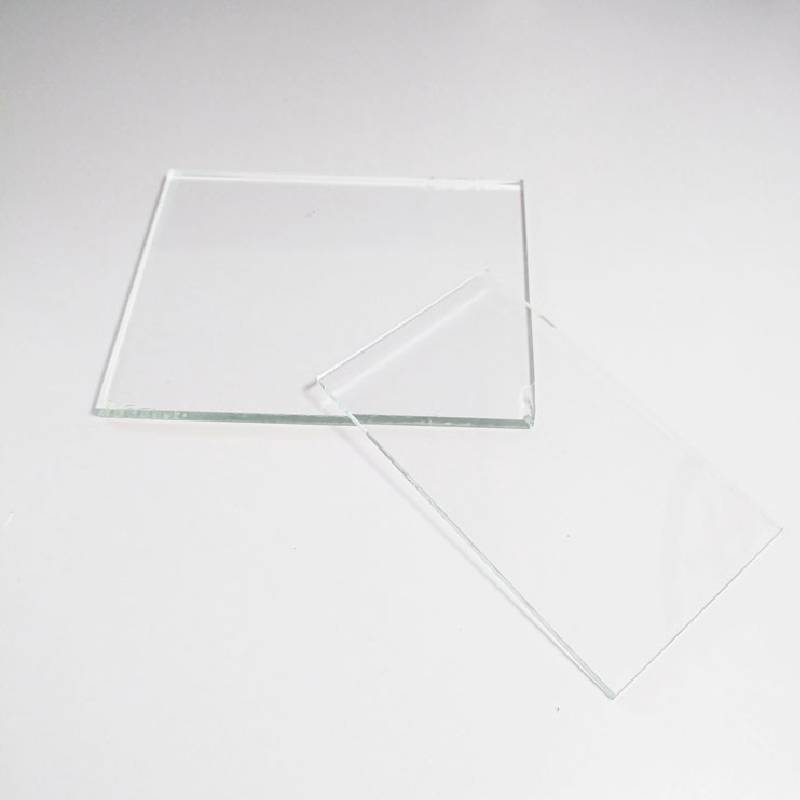Understanding Architectural Glazing A Key Element in Modern Design
Architectural glazing refers to the use of glass in building design, serving both functional and aesthetic purposes. It encompasses a wide range of glass applications in various types of structures, from residential homes to commercial skyscrapers. The advancements in glazing technology have revolutionized the way architects and builders approach their projects, allowing for innovative designs that enhance both the visual appeal and energy efficiency of buildings.
One of the primary functions of architectural glazing is to provide natural light within indoor spaces. The strategic placement of glass in windows, facades, and skylights can significantly impact the ambiance of a building. Natural light has been proven to improve mood and productivity, making it an essential consideration in modern architecture. With the integration of large panes of glass, open floor plans, and innovative window designs, architects can create airy and inviting environments.
Understanding Architectural Glazing A Key Element in Modern Design
Safety and security are also critical considerations in architectural glazing. Glass used in buildings can be treated to enhance strength and resistance to shattering. Laminated glass, for instance, consists of two or more layers of glass with an interlayer that holds the panes together upon impact, reducing the risk of injury and property damage. Similarly, tempered glass undergoes a process of extreme heating and cooling, making it significantly stronger than regular glass. This type of glazing is commonly used in high-traffic areas and façades, where safety is paramount.
what is architectural glazing
Furthermore, architectural glazing can greatly influence the thermal performance and acoustics of a building. By selecting appropriate glazing systems, architects can mitigate external noise and maintain a comfortable indoor climate. For instance, triple-glazed windows provide superior sound insulation while also enhancing thermal performance, making them suitable for urban environments where noise pollution is a concern.
The design flexibility offered by architectural glazing cannot be overstated. Glass can be shaped, tinted, and treated in various ways to create distinct visual effects and styles. From clear glass that offers unobstructed views to frosted or colored glass that provides privacy while maintaining illumination, the possibilities are virtually limitless. Additionally, advanced glass technologies such as smart glass can change opacity with the touch of a button, allowing for dynamic environments that adapt to users' needs.
As cities continue to grow and evolve, architects are increasingly turning to glass as a solution to the challenges posed by urbanization. Glass-clad buildings can create visually striking skylines while preserving space and maximizing functionality. Moreover, the transparency afforded by architectural glazing fosters a connection between indoor and outdoor spaces, promoting better community integration and enhancing the quality of life for occupants.
In conclusion, architectural glazing is an integral component of modern building design. It enhances natural light, improves energy efficiency, and contributes to safety, while offering unparalleled design versatility. As technology continues to advance, the possibilities for architectural glazing are expanding, promising even more innovative solutions for architects and builders alike. By embracing the potential of glazing, the architecture of the future will not only be more beautiful but also more sustainable and functional, reflecting the needs and aspirations of contemporary society.
 Afrikaans
Afrikaans  Albanian
Albanian  Amharic
Amharic  Arabic
Arabic  Armenian
Armenian  Azerbaijani
Azerbaijani  Basque
Basque  Belarusian
Belarusian  Bengali
Bengali  Bosnian
Bosnian  Bulgarian
Bulgarian  Catalan
Catalan  Cebuano
Cebuano  Corsican
Corsican  Croatian
Croatian  Czech
Czech  Danish
Danish  Dutch
Dutch  English
English  Esperanto
Esperanto  Estonian
Estonian  Finnish
Finnish  French
French  Frisian
Frisian  Galician
Galician  Georgian
Georgian  German
German  Greek
Greek  Gujarati
Gujarati  Haitian Creole
Haitian Creole  hausa
hausa  hawaiian
hawaiian  Hebrew
Hebrew  Hindi
Hindi  Miao
Miao  Hungarian
Hungarian  Icelandic
Icelandic  igbo
igbo  Indonesian
Indonesian  irish
irish  Italian
Italian  Japanese
Japanese  Javanese
Javanese  Kannada
Kannada  kazakh
kazakh  Khmer
Khmer  Rwandese
Rwandese  Korean
Korean  Kurdish
Kurdish  Kyrgyz
Kyrgyz  Lao
Lao  Latin
Latin  Latvian
Latvian  Lithuanian
Lithuanian  Luxembourgish
Luxembourgish  Macedonian
Macedonian  Malgashi
Malgashi  Malay
Malay  Malayalam
Malayalam  Maltese
Maltese  Maori
Maori  Marathi
Marathi  Mongolian
Mongolian  Myanmar
Myanmar  Nepali
Nepali  Norwegian
Norwegian  Norwegian
Norwegian  Occitan
Occitan  Pashto
Pashto  Persian
Persian  Polish
Polish  Portuguese
Portuguese  Punjabi
Punjabi  Romanian
Romanian  Russian
Russian  Samoan
Samoan  Scottish Gaelic
Scottish Gaelic  Serbian
Serbian  Sesotho
Sesotho  Shona
Shona  Sindhi
Sindhi  Sinhala
Sinhala  Slovak
Slovak  Slovenian
Slovenian  Somali
Somali  Spanish
Spanish  Sundanese
Sundanese  Swahili
Swahili  Swedish
Swedish  Tagalog
Tagalog  Tajik
Tajik  Tamil
Tamil  Tatar
Tatar  Telugu
Telugu  Thai
Thai  Turkish
Turkish  Turkmen
Turkmen  Ukrainian
Ukrainian  Urdu
Urdu  Uighur
Uighur  Uzbek
Uzbek  Vietnamese
Vietnamese  Welsh
Welsh  Bantu
Bantu  Yiddish
Yiddish  Yoruba
Yoruba  Zulu
Zulu 

